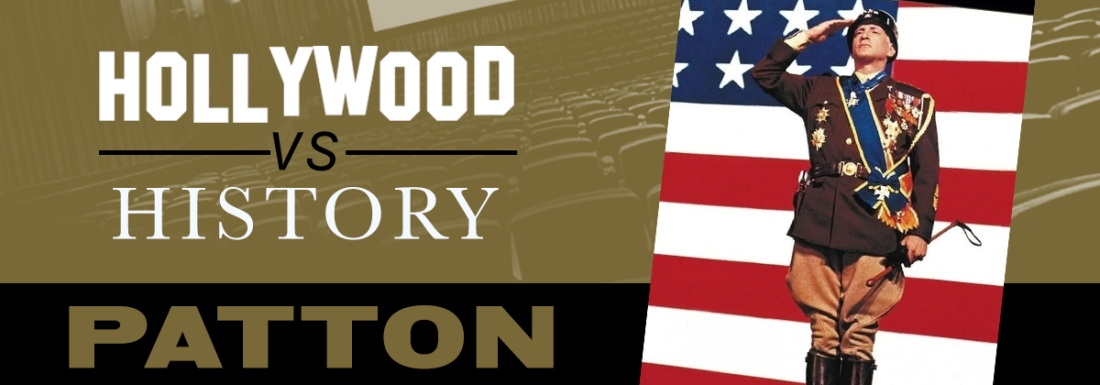From its iconic opening scene – a medal-bedecked officer on an otherwise empty stage dominated by an enormous American flag, purposefully (and sometimes vulgarly) addressing an unseen audience of soldiers – the 1970 film Patton makes an already larger-than-life military hero even larger.
In telling the warts-and-all story of Gen. George S. Patton’s leadership of American forces during World War II, how closely did it stick to the facts? Military historian William S. (Bill) Nance offers a close study of one of the greatest war movies of all time in the latest installment of the Library’s Hollywood vs. History series in partnership with the U.S. Army Command and General Staff College.
Nance, a recently retired Army lieutenant colonel and an associate professor in the Command and General Staff College’s Department of Military History, is an eminently qualified guide. He served two tours in Iraq as a tank platoon leader and tank company commander and one in Saudi Arabia as a brigade advisor to that country’s national guard. Holder of a Ph.D. in military history, he is a scholar on World War II and, more broadly, the U.S. military in the 20th century.
Nance is the author of Sabers through the Reich: World War II Corps Cavalry from Normandy to the Elbe, released in 2017, and spoke on Patton at the Central Library in July 2019.

